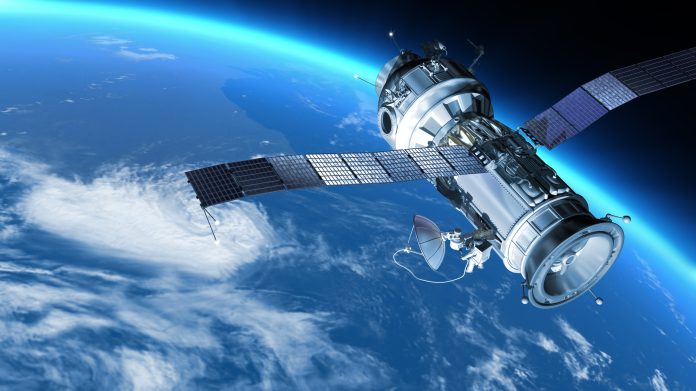In the 2023 fiscal year, NASA’s investments helped support 66,208 jobs in California
These jobs in the state of California contributed to $18.5 billion in economic output and $1 billion in tax revenue to the state’s economy. Nationwide, NASA’s activities generated an estimated $9.5 billion in taxes across federal, state, and local levels.
NASA’s key centers in California
The are three major center’s in California, including the Armstrong Flight Research Center in Edwards. Armstrong contributes to California’s economic strength in aerospace by focusing on:
- Sustainable aviation: Developing eco-friendly flight technologies.
- Advanced air mobility: Supporting research for the safe integration of electric air taxis and drones into the national airspace.
- Airborne Science: Using aircraft to conduct critical scientific research for NASA’s Earth Science Mission.
Cutting-edge research and development
The Quesst Mission and X-59 Project NASA Armstrong focuses on reducing sonic booms to quieter “sonic thumps.” This research could set the way for new regulations that allow supersonic flights over land, potentially transforming commercial aviation.
Sustainable Flight Demonstrator (X-66 Aircraft)
Armstrong is also advancing new airframe technology for the X-66, which could inspire the next generation of single-aisle airliners that are both efficient and sustainable.
Moon to Mars campaign
The Moon to Mars initiative alone generated 16,129 jobs and $4.7 billion in economic output in California.
Contractors like Boeing and Lockheed Martin are key partners in the Moon to Mars campaign, creating high-skill jobs across the state, particularly in the Antelope Valley, known for its strong aerospace workforce.
Investing in education and future innovators
NASA invested $39.5 million in California universities in 2023. These partnerships hope to encourage the next generation of aerospace and STEM (science, technology, engineering, and math) innovators.
Through these investments, NASA is creating STEM opportunities for California’s local communities, helping prepare students for high-tech careers and expanding NASA’s future talent pipeline.
Past supporting the economy, NASA is committed to pushing the boundaries of what’s possible in human spaceflight, science, and technology. It’s innovations in California contribute to the U.S. leadership in global space exploration and aerospace advancements.











